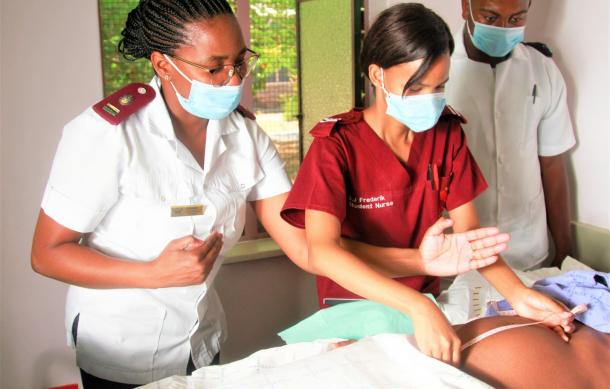
The Minister of Health and Social Services (MoHSS) says the increase in population has implications for the healthcare system.
Dr. Kalumbi Shangula says the current infrastructure, unlike in the past, cannot handle the increased demand for public healthcare services.
The population of Namibia has grown to just over three million inhabitants in the last twelve years, and with this population increase, so has the demand for social and health needs.
More than 85% of the population depends on public health and social services provided by the government. These include 322 clinics, 56 health centres, 34 district hospitals, four intermediate hospitals, and only one national referral hospital.
However, pressure is mounting, and the Ministry has implemented various programmes to expand and improve access to public health and social services.
Dr. Shangula also pointed out that challenges such as supplying hospitals and health facilities with required medicines and clinical supplies are attributed to procurement systems.
The Health Ministry has undertaken the expansion and modernization of health facilities to facilitate better access to health and social services.
These include the upgrading, construction, and renovation of hospitals and other health facilities, such as abandoned projects, ICUs, dialysis units, and medical oxygen countrywide.
He says despite gaps in the health sector, Namibia has made great strides in achieving universal health coverage, ending AIDS as a public health threat by the year 2030, ending mother-to-child transmissions, and eliminating HPV.





